Subgenus Emplectocladus | Genus Prunus Scientific name Prunus fasciculata Rank Species | |
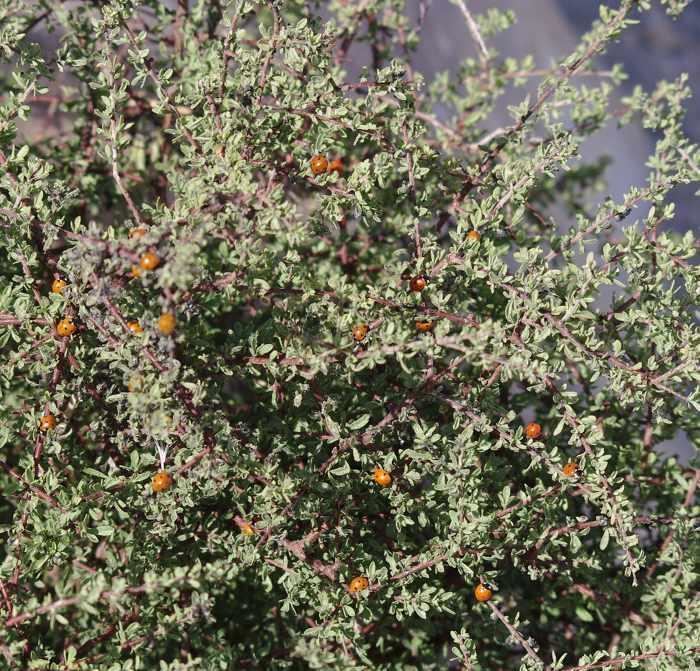 | ||
Similar Prunus, Prunus andersonii, Prunus fremontii, Prunus geniculata, Prunus gracilis | ||
Prunus fasciculata, also known as wild almond, desert almond, or desert peach is a spiny and woody shrub producing wild almonds, native to the deserts of Arizona, California, Baja California, Nevada and Utah.
Contents
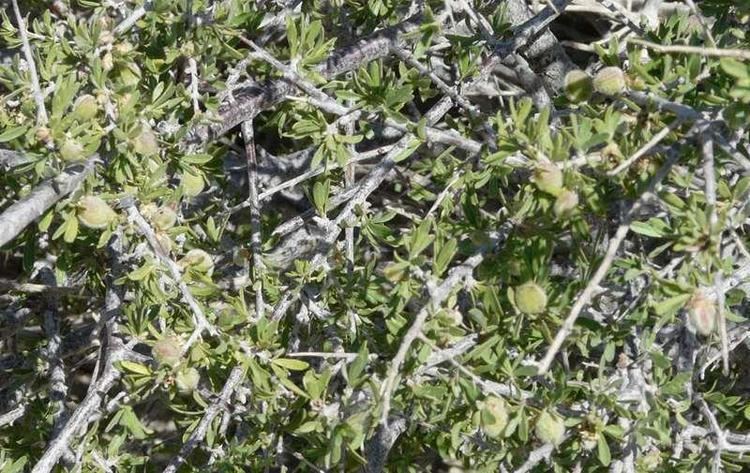
Prunus fasciculata lives many years (is perennial), and drops its leaves (deciduous). It prefers sandy or rocky soil on dry slopes and washes up to an altitude of about 2200 m. (7500 feet).
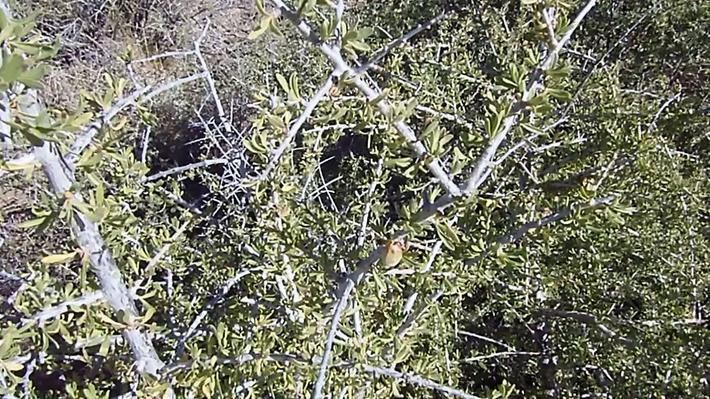
Description
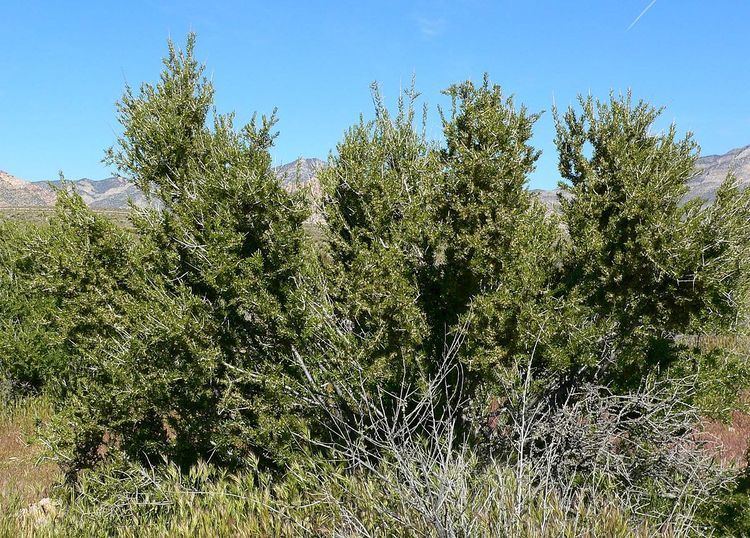
Prunus fasciculata grows up to 2 meters (6 feet) high, exceptionally larger, with horizontally branching (divaricate) branches, that may have a small amount of thorns (spinescent) often in thickets. The bark is grey and without hairs (glabrous).

The leaves are 5–10 mm long, narrow (linear), with a broad, flatten tip that tapers down to a more narrow base, (spatulate, oblanceolate), arranged on very short leaf stem (petiole) like bundles of needles (fascicles). The flowers are small and white with 3-mm petals, occurring either solitary or in fascicles and are without a petal stem (subsessile) growing from the leaf axils. They are dioecious. Male flowers have 10-15 stamens; female, one or more pistils. The plant displays numerous fragrant flowers from March to May, which attract the bees that pollinate it. The drupe is about 1 cm long, ovoid, light brown and pubescent with thin flesh.
Uses
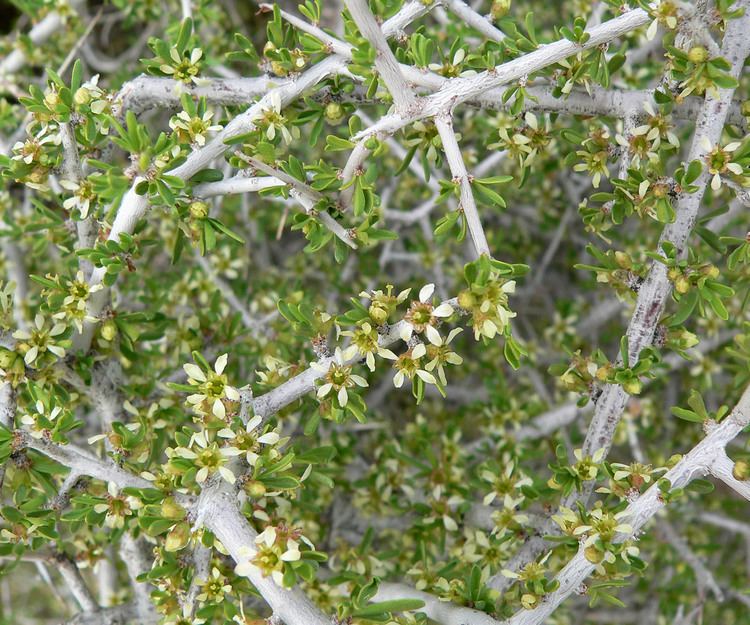
The plant is not cultivated. Some Native Americans in its limited range learned traditional ways of using it: the Cahuilla prepared the drupe as a delicacy. The wild almonds were considered a delicacy by Native Americans. The Kawaiisu found the tough twigs useful as drills in starting fires and as the front portion of arrow shafts. The seed contains too much cyanide to be edible, but see under Paleobotanical evidence below.
Classification
The plant was first classified as Emplectocladus fasciculata in an 1853 paper by John Torrey based on a collection of the plants of California acquired during the third expedition of John C. Fremont in 1845; whence the synonym Emplectocladus fasciculata (Torr.) The work was illustrated by Isaac Sprague. Torrey devised the genus Empectocladus to comprise a few desert shrubs. According to Silas C. Mason the genus has
"... a top so densely branched, angled and interlocked as to well merit the name Emplectocladus (Greek, "woven branch"), signifying interlocked branches ...."According to George Bentham and Joseph Dalton Hooker the name fasciculata means that the leaves are in fascicles, or little bundles:
"Leaves small, spatulate, as it were of precious stones, subglobose fasciculate"However, Asa Gray publishing in 1874 reclassified Empectocladus to Prunus resulting in the designation Prunus fasciculata (Torr.) A. Gray (subg. Emplectocladus), in which the desert shrubs become a subgenus. Jepson defines a California variety with smooth leaves, punctata, in comparison to which Gray's species, with pubescent leaves, becomes the variety, fasciculata. Prunus punctata grows in the coastal ranges as well as in the desert.
Palaeobotanical evidence
Middens from rodent activities such as those of the Pack rat are a rich source of plant macrofossils from late Pleistocene habitats. At Point of Rocks in Nevada by 11700 BP desert shrubs such as Desert Almond had replaced Juniper and Joshua trees, indicating the onset of the modern desert. Somewhat earlier, 17000-14000 BP, Desert Almond flourished in a mixed desert and woodland ecology on the Colorado Plateau.
There is some archaeological evidence that the seeds were pounded into flour and leached to make it edible by the ancient population of the Mojave desert.
